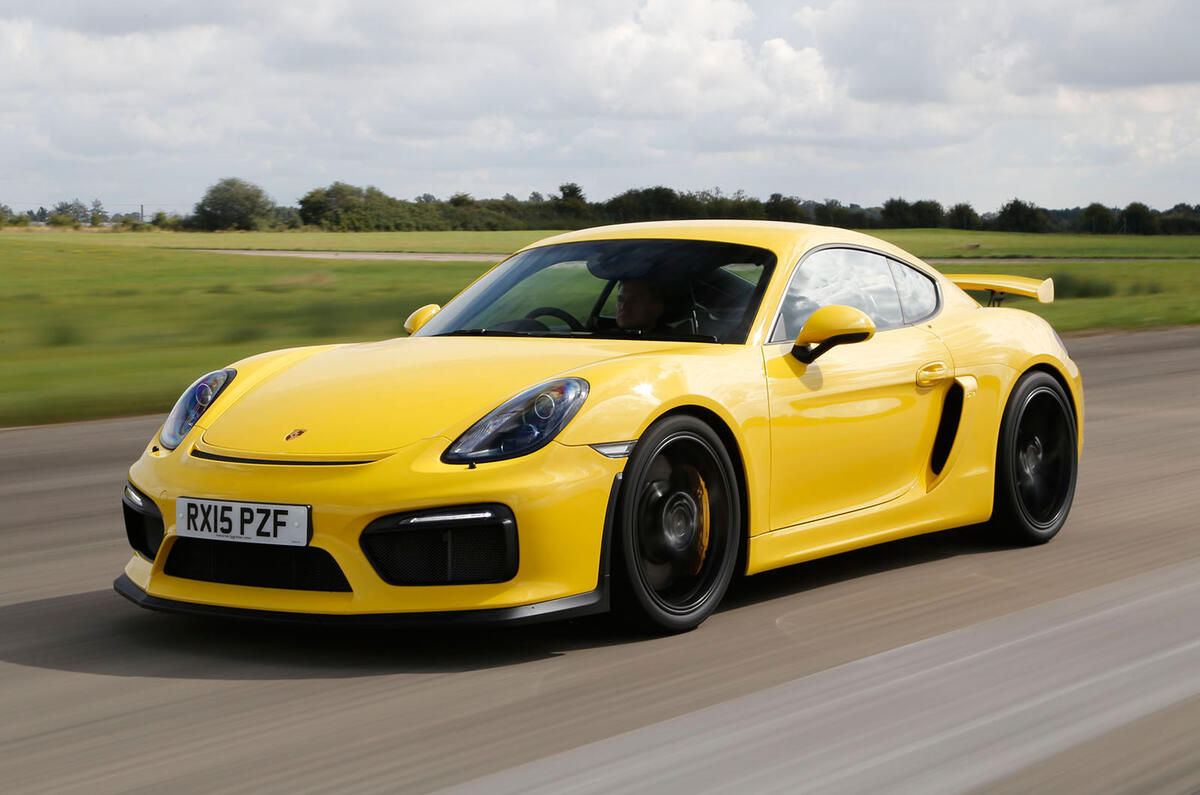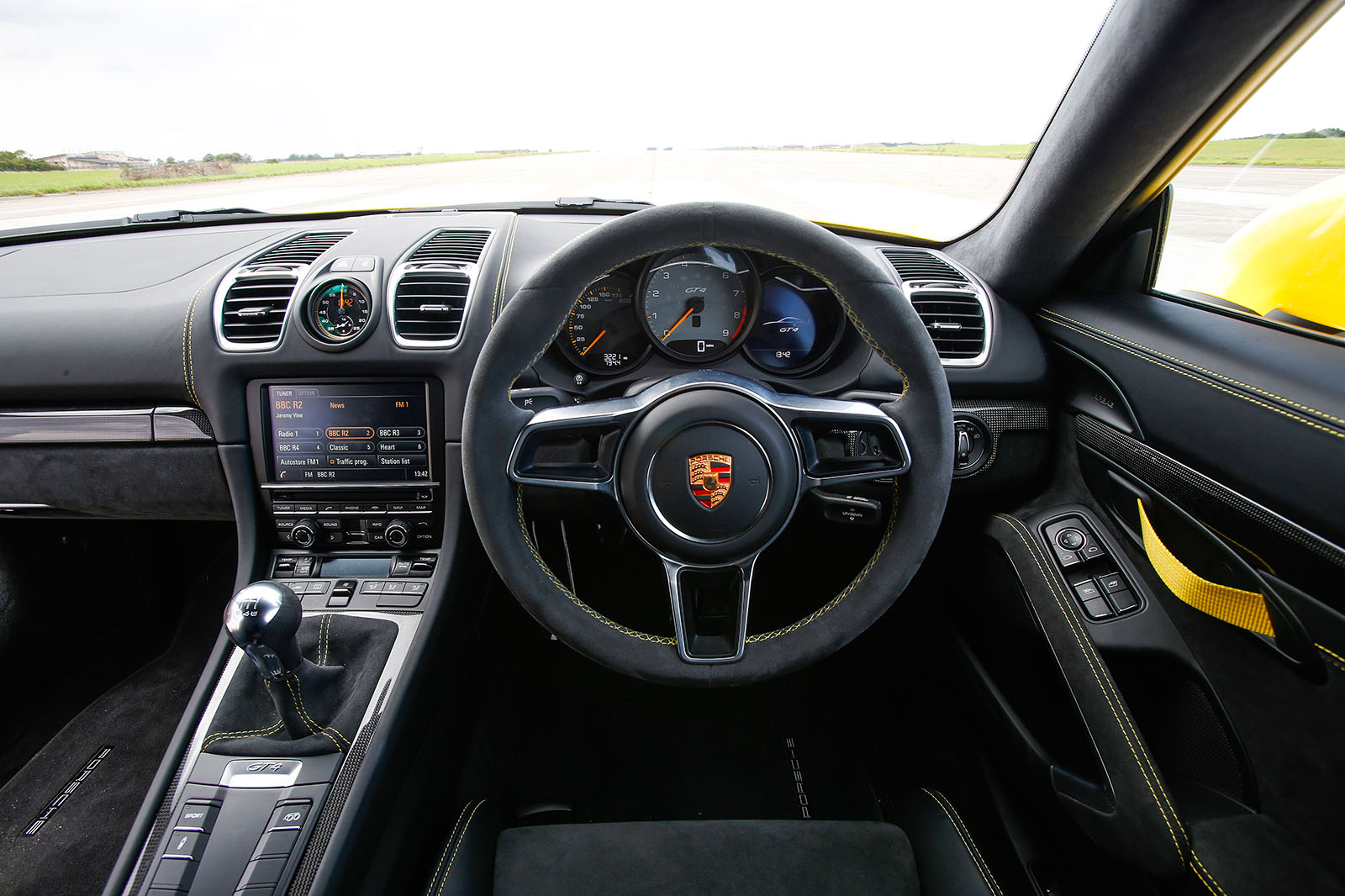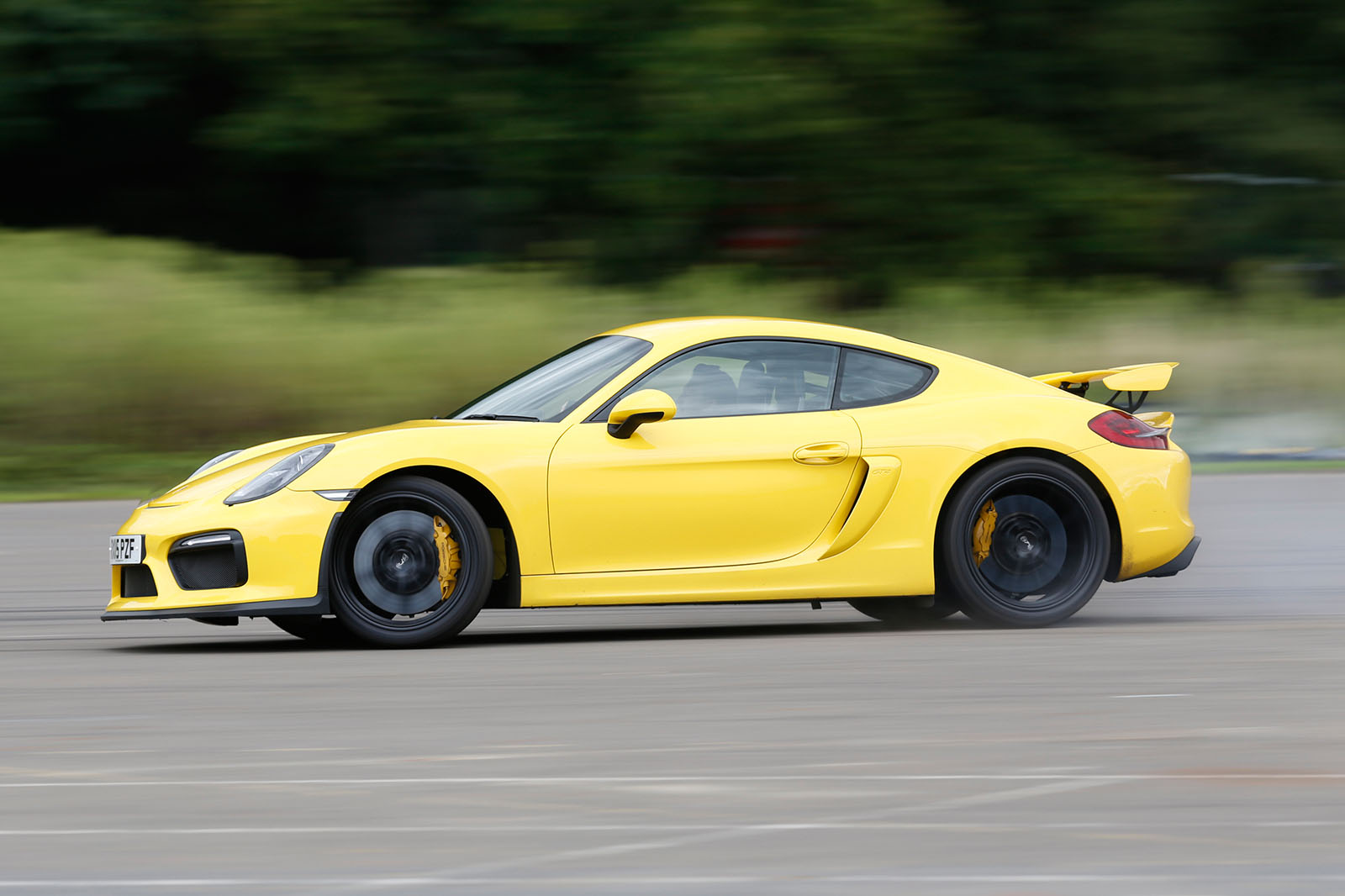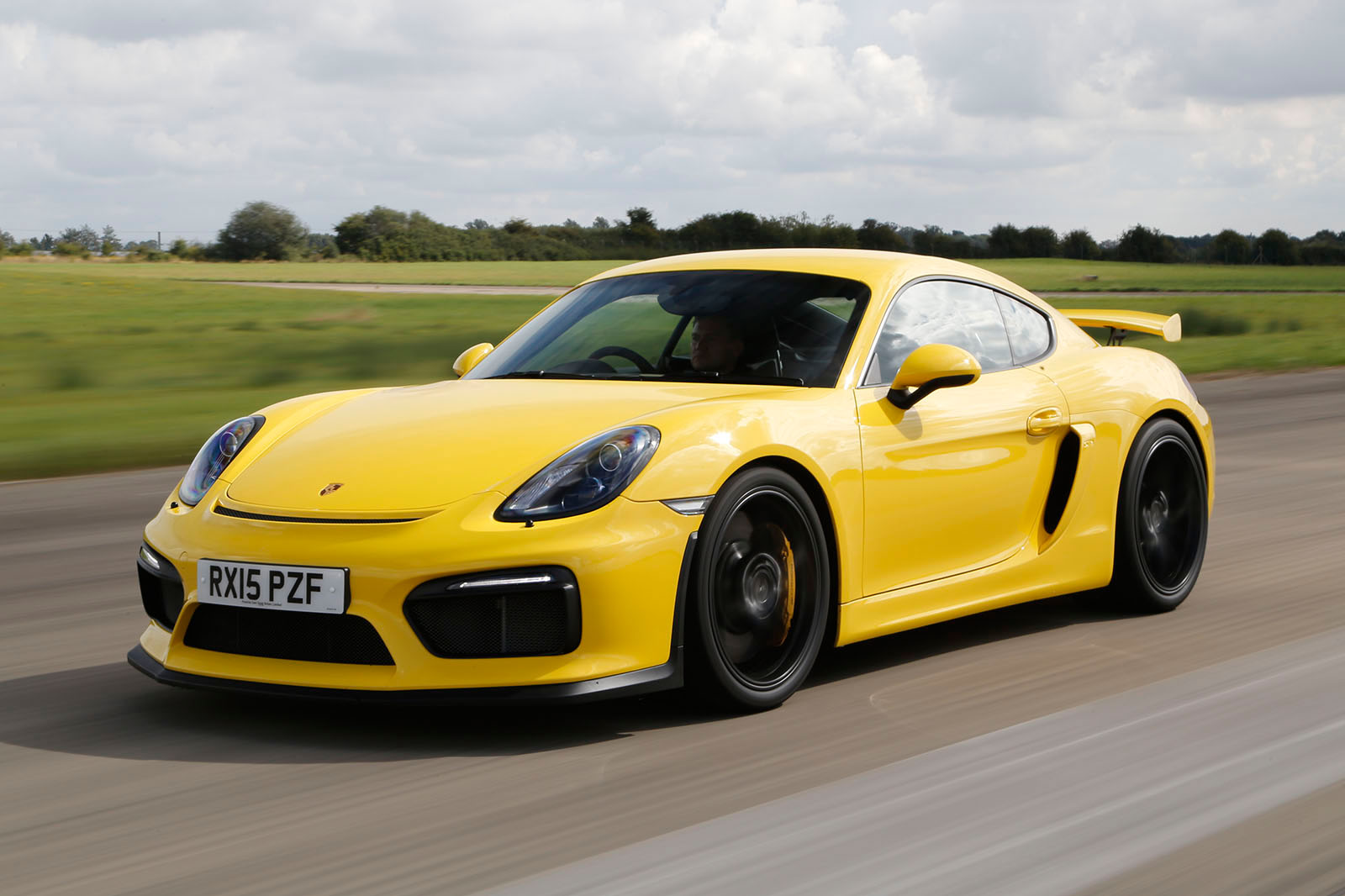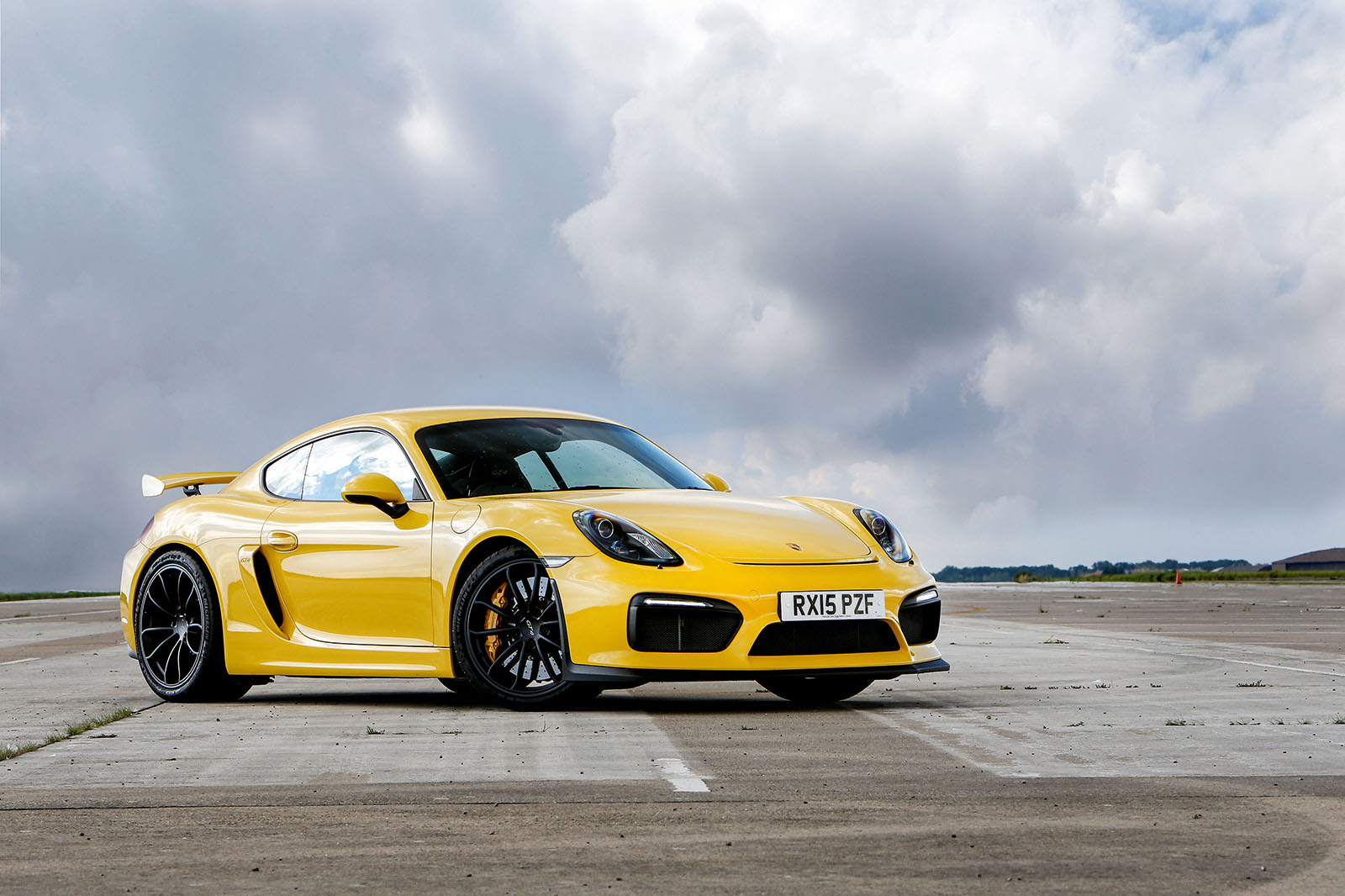The reason for this test is not because you might be thinking about placing an order for a new Porsche Cayman GT4.
If you failed to do that before the car was even announced, and if you weren’t a customer already known to your local dealer, you left it far too late to do that. To get one now, you’ll have to part with well over its nominal list price for one of the several hundred that were built – of which only around 50 are destined for the UK.
No, the point of this test is not to serve as a new car buyer’s guide but simply to assess the state of Porsche’s most ambitious Cayman yet. The GT4 represents something significant for the Cayman. Not only is it the first time the ‘GT’ moniker has been applied to the sub-911 mid-engined coupé, but it is also the first time a Cayman has been granted more power than a contemporary Porsche 911.
It’s the first road-going Cayman designed and engineered in Weissach, home of Porsche’s ‘Motorsportzentrum’, where Porsche’s racing cars and GT-badged 911s are developed and tested. As a result, the GT4’s pedigree is impeccable. And tantalisingly so, containing as it does elements of high-end Porsches – from GT3 to 918 – along the way. It is nothing less than the greatest expression yet of what a Cayman can be.
Hitherto, the Cayman has been capped, partly because Porsche has been concerned about what damage a car with the intrinsic mid-engined balance of a Cayman could do to sales of the 911, and partly because some of its management were unconvinced that a faster and more expensive Cayman would be worthwhile as a sales or marketing exercise.


